School Report 2017

Thank you for visiting the BBC School Report page for Bullers Wood School.
This is the 7th Year we have been working alongside the BBC to give 11-16 year-old students the chance to make their own news reports for a real audience.
In March, schools take part in an annual News Day, simultaneously creating video, audio and text-based news reports, and publishing them on a school website – and this is why you are here!
Last year more than 1,000 schools across the UK took part on School Report, on the biggest ever School Report News Day. Take a look at what Students from Bullers Wood School Produced by clicking the News Day 2016 tab below.
Check out our reports below and follow us on Twitter to see some photos of the day @BW_SchoolReport.
| About Us | Newsday 2016 | School Report 2016 |
Sports Day – BBC School Report Day 2017
Unfortunately this video cannot be viewed on a mobile device, please move on to a desktop to view the videos in full
The Bullers Wood BBC School Reporters were out in force on Sports Day reporting on the action, getting crowd reactions and enjoying a sneaky ice cream! Here is their report and a few behind the scenes photos of our reporters in action.
Mrs Lock, Mr Milham and Miss Ellis would like to congratulate our students for their continued hard work throughout this academic year and wish them, and our viewers a restful summer break!
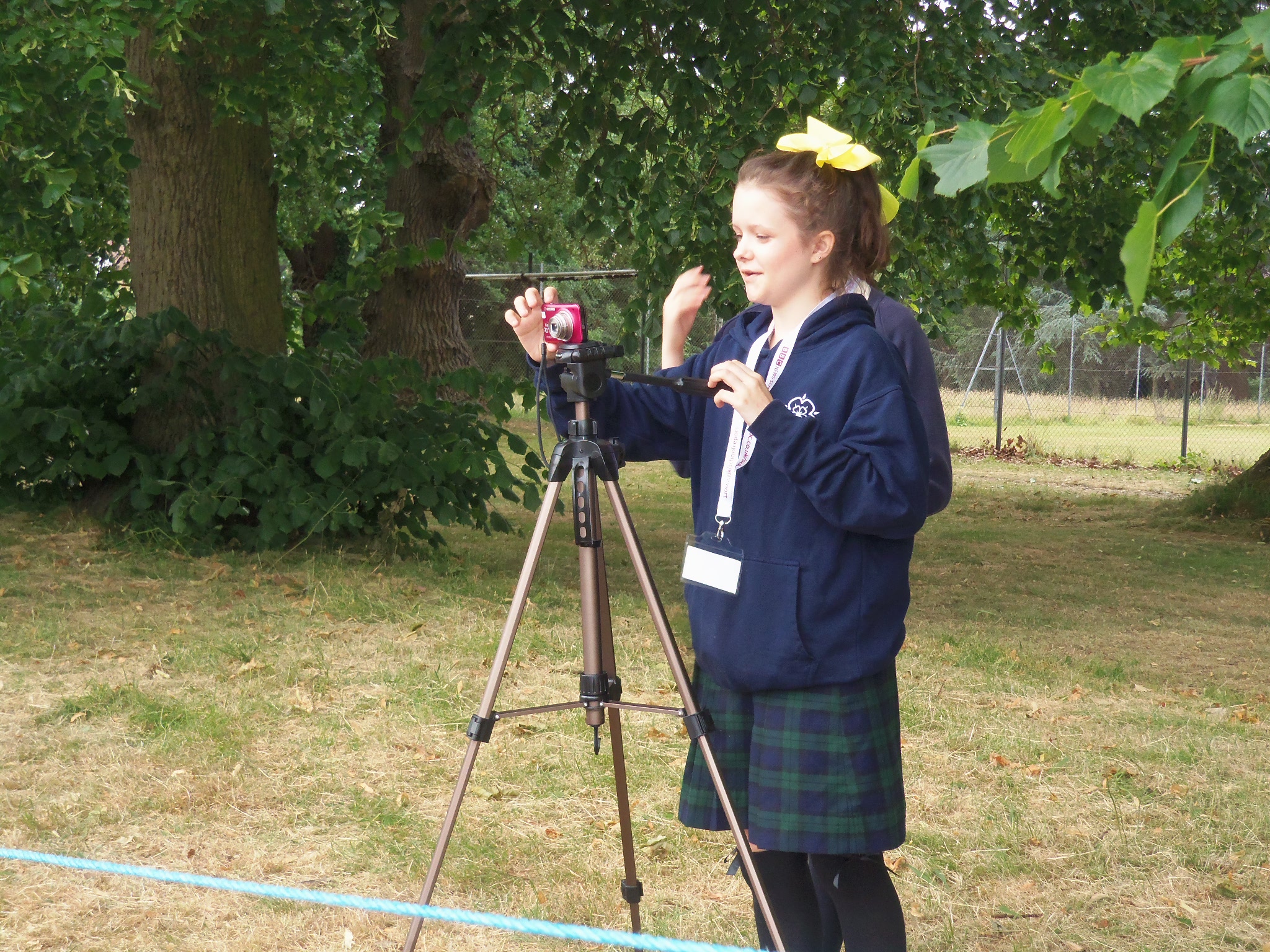
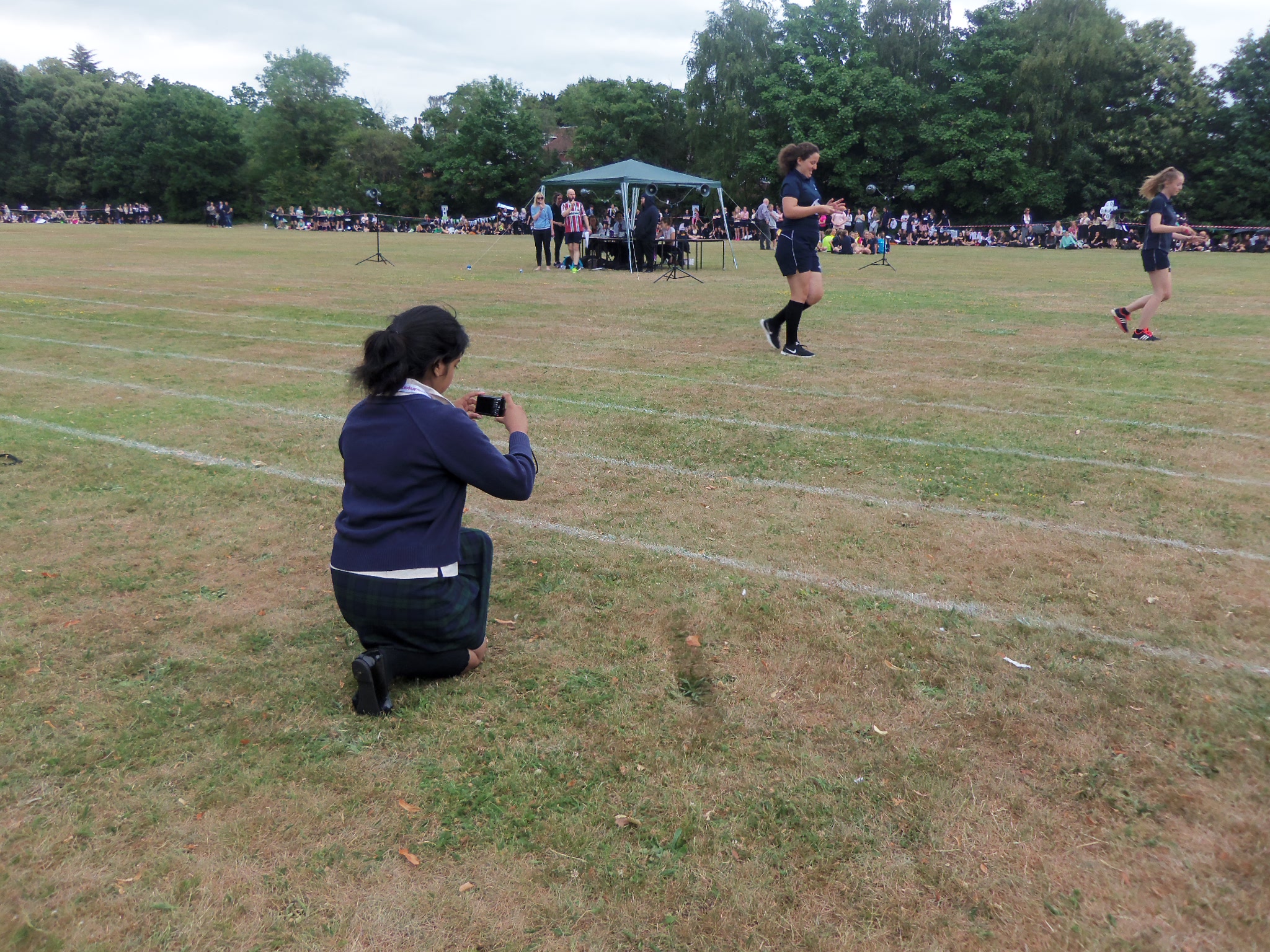
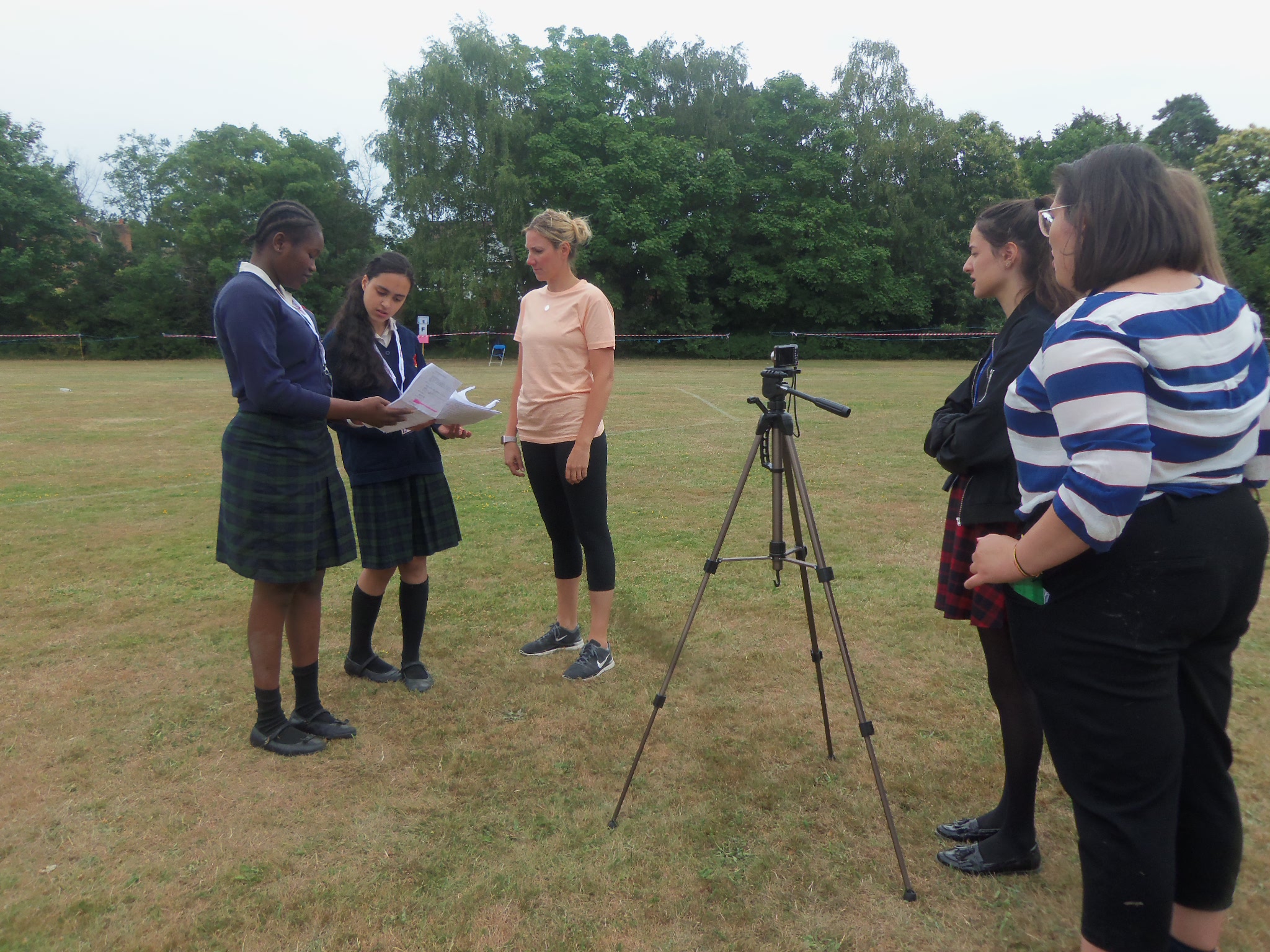
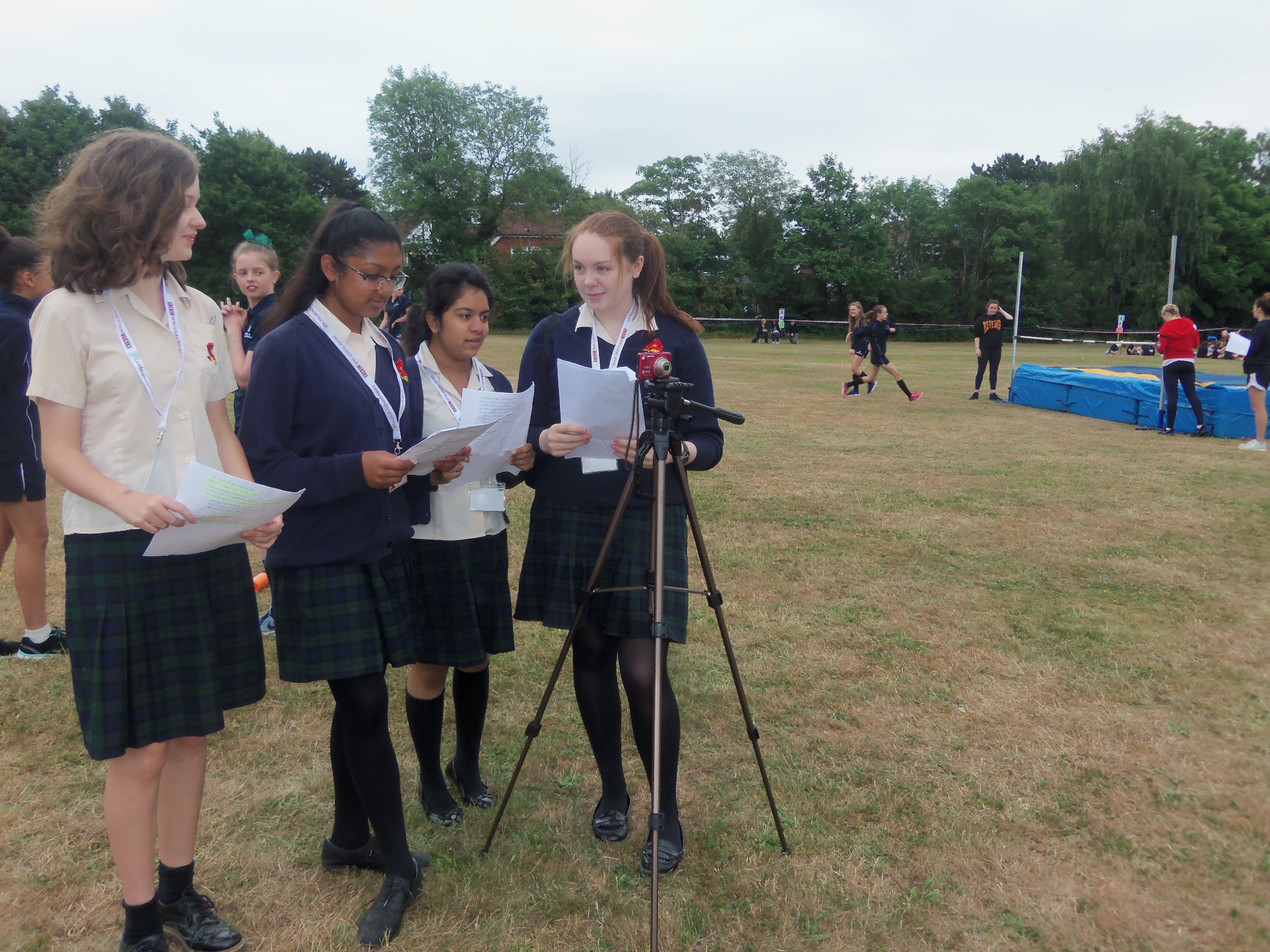
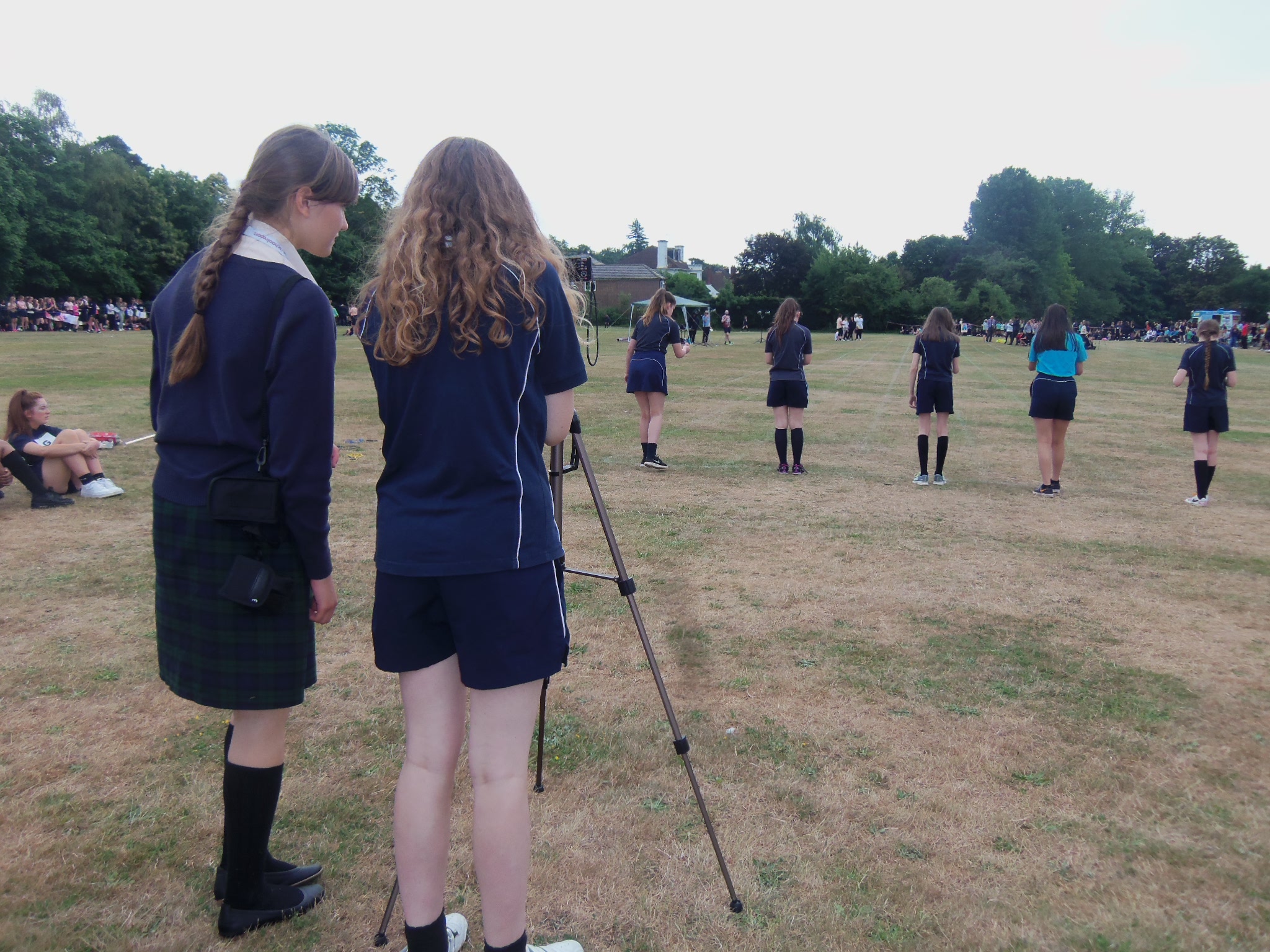
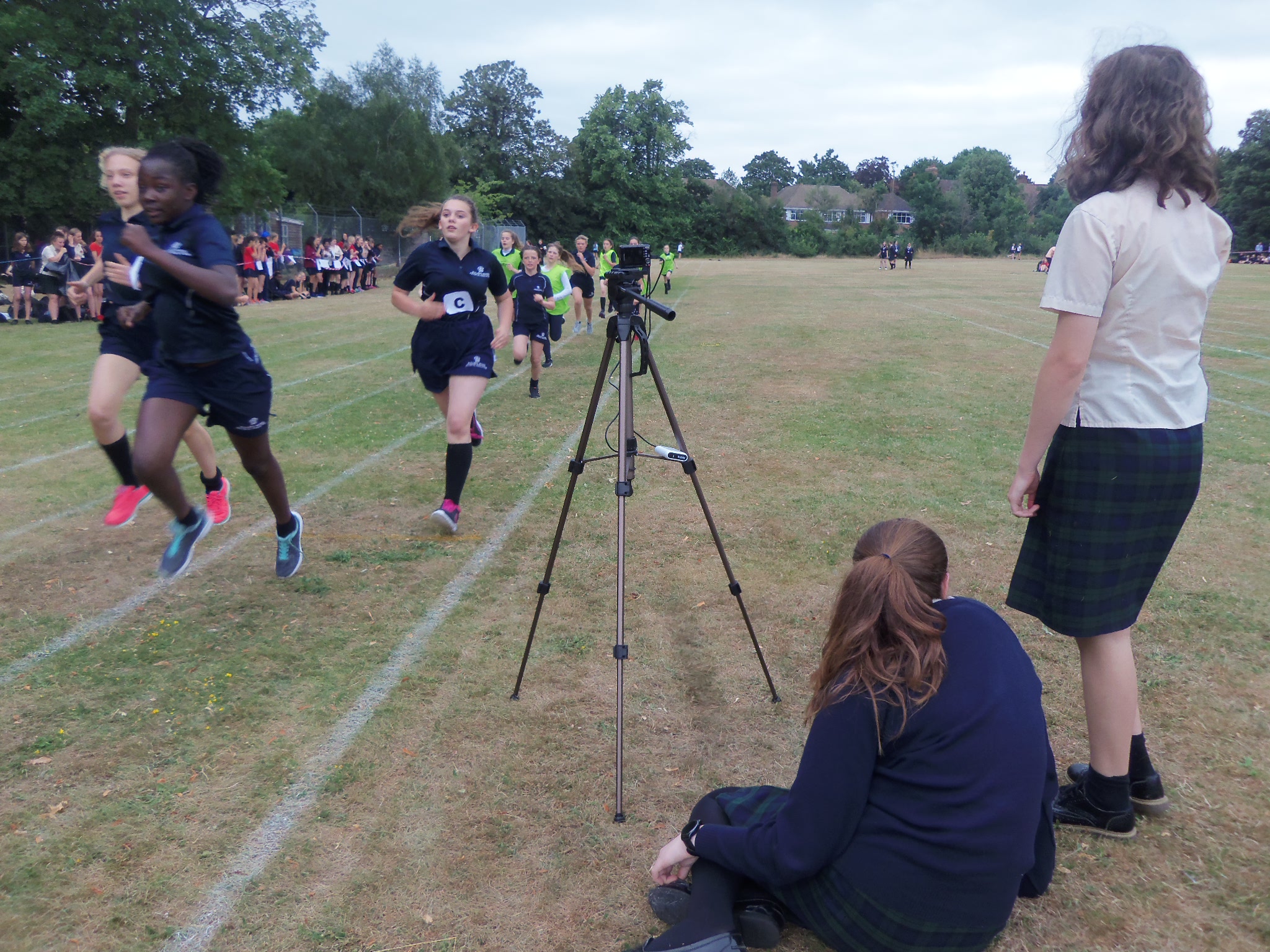
Welcome to News Day 2017

Mrs Lock, Mr Milham and Miss Ellis are eagerly awaiting the arrival of our reporters into the C2 newsroom. Please bookmark this page and keep checking back for updates throughout the day.
 Introducing school reporters of 2017. Looking forward to an exciting day ahead!
Introducing school reporters of 2017. Looking forward to an exciting day ahead!
Brexit
Unfortunately this video cannot be viewed on a mobile device, please move on to a desktop to view the videos in full
Technology
Unfortunately this video cannot be viewed on a mobile device, please move on to a desktop to view the videos in full
Mental Health and Stress
Unfortunately this video cannot be viewed on a mobile device, please move on to a desktop to view the videos in full
Weather
Unfortunately this video cannot be viewed on a mobile device, please move on to a desktop to view the videos in full
President Trump
Unfortunately this video cannot be viewed on a mobile device, please move on to a desktop to view the videos in full
A Man’s Best Friend?
An investigation into the increasing role played by medical assistance dogs in society.
By Veronica and Bethany
19th January 2017
Recently, we have noticed how very few people truly acknowledge the significance of the animals who play such a major role in our lives. The purpose of this report is to raise awareness of the importance of our animal companions, particularly medical assistance dogs.
 Medical assistance dogs are dogs trained to help those with medical conditions such as visual impairment, mental illness or diabetes. The most common breeds trained as assistance animals include Labradors, German Shepherds, and Golden Retrievers but any dog with a good temperament is capable of assisting its owner.
Medical assistance dogs are dogs trained to help those with medical conditions such as visual impairment, mental illness or diabetes. The most common breeds trained as assistance animals include Labradors, German Shepherds, and Golden Retrievers but any dog with a good temperament is capable of assisting its owner.
Medical alert dogs are trained to recognise slight changes of an individual’s health. For people with diabetes, for example, it is vital to avoid abnormal blood sugar levels. If there are even minor changes in the blood sugar level, the assistance dog will sense it, alert its owner and will often retrieve the required medication.
Guide dogs are assistance animals that are trained to support their visually impaired owner by guiding them around obstacles such as roads and retrieving items which are difficult to access. Judy, Flash, Folly and Meta were the first guide dogs who were trained by Muriel Crooke and Rosamund Bond in 1931. They were required to help blinded veterans of the First World War. Three years after that, “The Guide Dogs for the Blind Association” was formed and now, there are almost 4,800 guide dog owners in the UK.
Secondary student Isabelle’s mother is a carer who looks after a 12 year old boy called Henry suffering from autism and epilepsy. They currently own two Labradors, neither of which are guide dogs, but they have been trying to acquire a guide over the past few years. Isabelle’s mother believes that guide dogs are extremely valuable as “they are trained to work one on one with their owner and support their difficulties”.
Another type of assistance dog includes psychiatric service dogs. These are trained to work in a distractive environment to relieve the effects of their owner’s psychiatric disability. They not only provide emotional support, but also ensure that their owner is able to function in an ‘ordinary’ way. Psychiatric service dogs help their owners by reminding them to take their medication, retrieve objects, guide in difficult situations and assist if the handler loses orientation.
There are many other animals which benefit our lives in a variety of ways. The roles of dogs mentioned above are only three examples of how our lives are enhanced by the presence and work of animals. After all, do we not all smile just by seeing our furry friends greet us after an eventful day?

